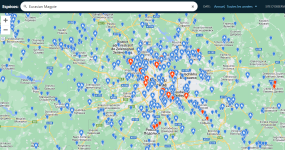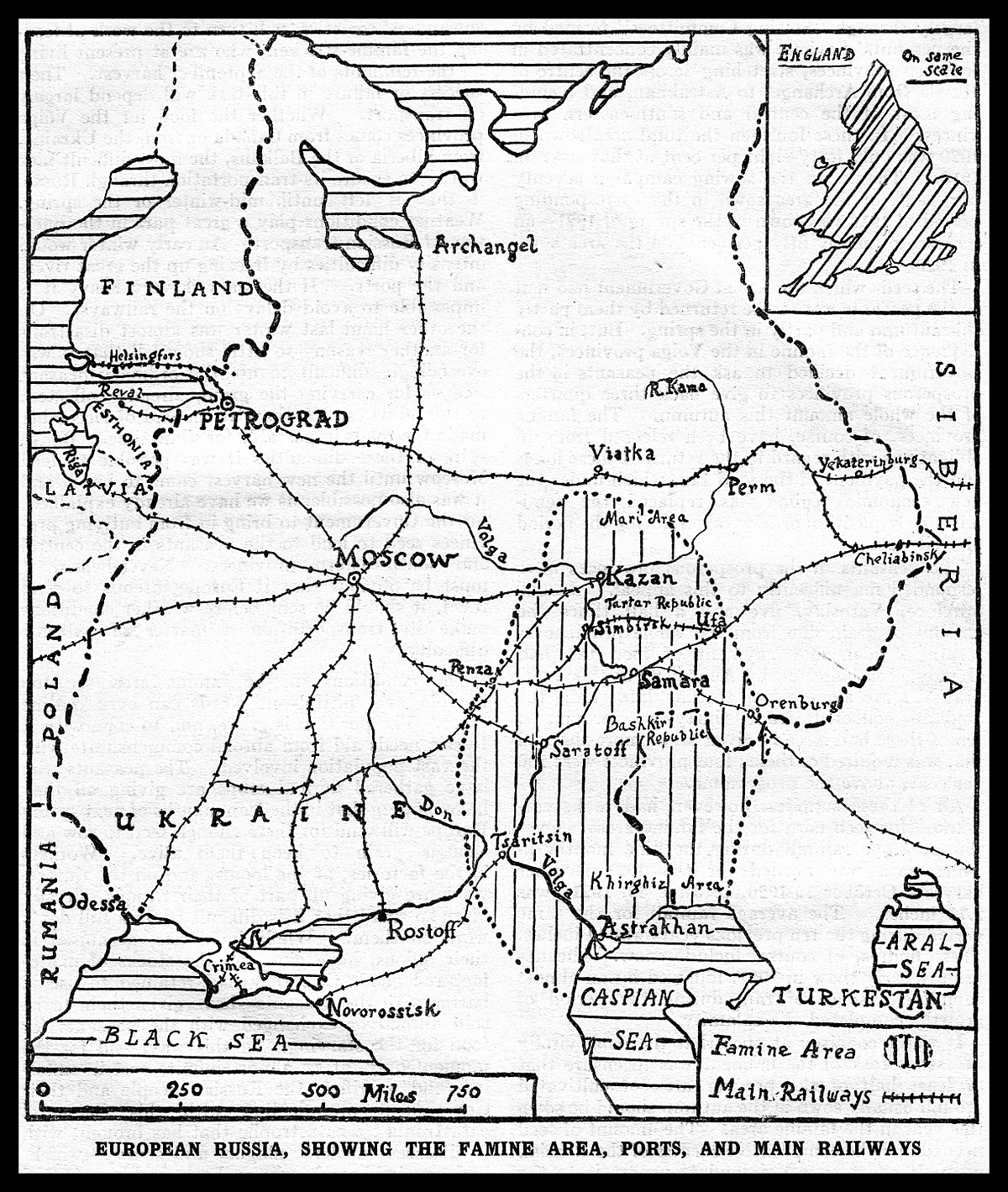CharlesGerard
Member

Hello all! New to the site and excited to meet folks here. I am not a deep birder but I am very interested and often follow bird curiosity.
I have a research question for something I'm writing and could use some help with a couple of questions.
There is an old supertitious legend about a monarch banishing magpies from Moscow (in the stories it's sometimes Ivan the Terrible, sometimes Alexy). Setting the legend aside, I am trying to figure out just how rare it might be to see a magpie in Moscow, and for this research I'm wondering in particular how strange in might (or might not) be to see on in the city in the 1920s. It seems that magpies are sensitive to urban environments due to nesting behavior and it might just be true that they avoid cities in general.
So my questions:
1. Is it very unusual to see magpies in urban landscapes?
2. If anyone knows specific information about magpies in western Russia, or can speculate why Moscow would have this old reputation for magpie no-fly, please share!
Thank you,
Curiouser Me
I have a research question for something I'm writing and could use some help with a couple of questions.
There is an old supertitious legend about a monarch banishing magpies from Moscow (in the stories it's sometimes Ivan the Terrible, sometimes Alexy). Setting the legend aside, I am trying to figure out just how rare it might be to see a magpie in Moscow, and for this research I'm wondering in particular how strange in might (or might not) be to see on in the city in the 1920s. It seems that magpies are sensitive to urban environments due to nesting behavior and it might just be true that they avoid cities in general.
So my questions:
1. Is it very unusual to see magpies in urban landscapes?
2. If anyone knows specific information about magpies in western Russia, or can speculate why Moscow would have this old reputation for magpie no-fly, please share!
Thank you,
Curiouser Me









